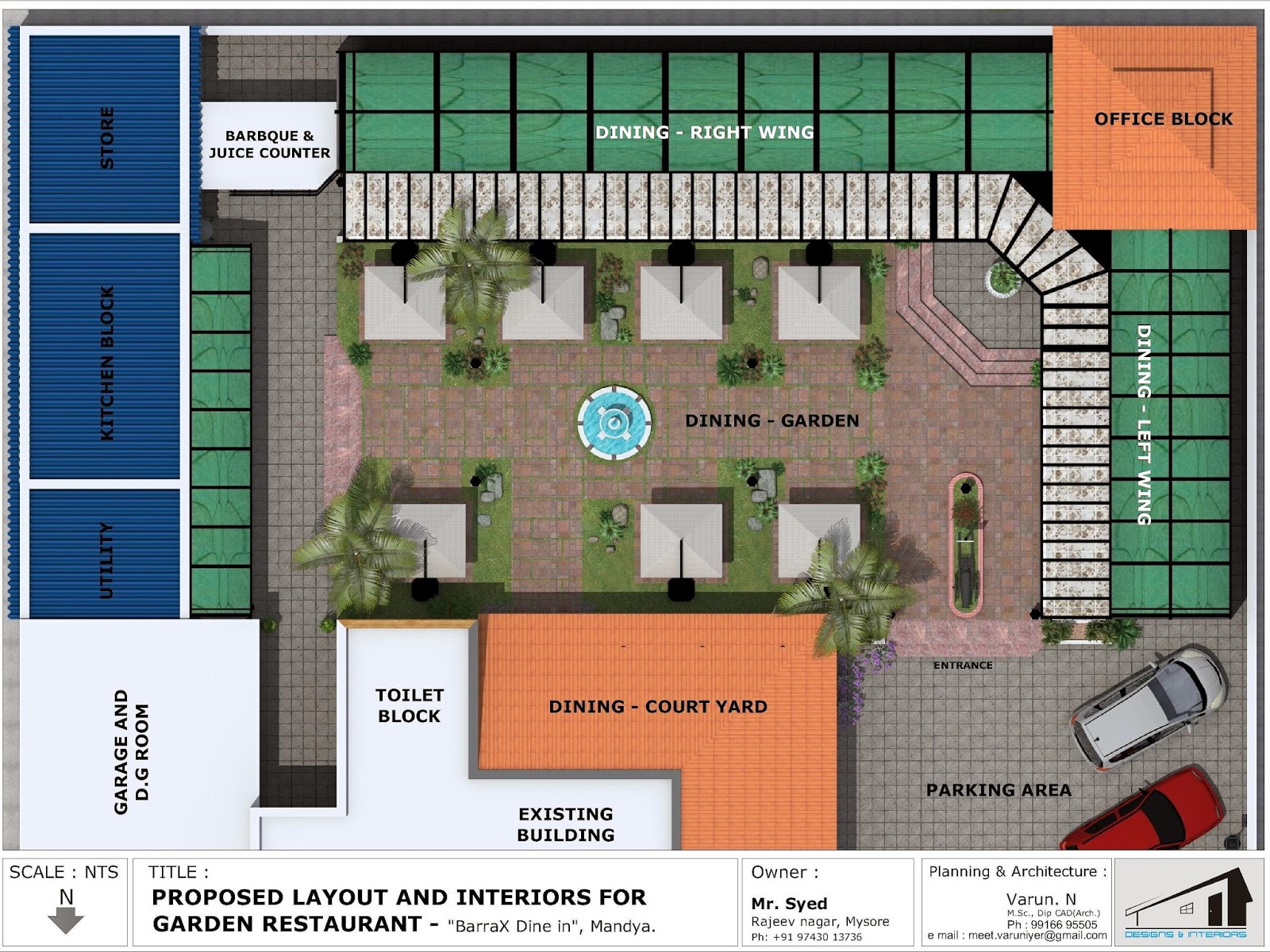The Benefits of Roof Gardens
Important Features
Structuring Terrace Garden
Both practical and beautiful, roof top gardens offer a great way to enhance your residential or commercial building, providing the perfect escape for employees and residents alike. In fact, roof gardening is an emerging trend among many city dwellers with access to a green roof garden.
More importantly, living roof gardens offer a sustainable way to insulate a building and reduce heating and cooling costs. A roof top garden also cleans and purifies the air to help affect positive climate change within the city environment.
Important Features
- You need to make sure that the roof on which the gardening is to be done, should be strong enough to carry the weight of the garden.
- The terrace should always be sloppy, with an effective drainage system.
- Ensure that there is no leakage of water in your roof garden.
- Unlike any other type of gardening, terrace garden requires detailed plan. It should be proportionate with lawns, shrubs, ground covers and small trees. If desired, you can also assimilate the concept of water garden or rock garden or create a shady structure on your roof garden.
- The next step would be choosing of plants. Fiber-rooted plants are preferred to tap root plants. In case of the latter, the plants have the tendency to grow through the building, thereby causing harm to it.
- Make sure that the soil you use does not exert much pressure on the building. The adequate soil for the purpose is soil rite or peat moss. However, since it is a costly material, you can blend it either with garden earth or manure.
- To prepare your drainage system you need to do the roof garden construction. Lay only burnt bricks approx. 2" - 4" uniformly on the terrace. Burnt bricks are the best bet, because the normal ones turn into mud and collapse the drainage system. Corrugated sheets can also serves as a good option, but should be placed at 3' distance to make the water flow to the drain.
- In top of the bricks, lay a net lawn. This will prevent the soil to get inside the bricks.
- If the roof is quite a large one (say more than 500 sq. ft.), you need to construct drain at several places. Place pipes at several places, leading to main holes. However, be careful, while laying pipes, as they should not be visible and should get covered by lawn, when complete.
- Put the mixture of the soil prepared beforehand to the pot, according to a level you choose. Then sow the selected indoor plants and mulch. Your terrace garden is ready to refresh your parched nerves!!


















